Science project on Volcanoes.

When I hear ‘volcano’ I think of red-orange lava flowing down a mountain like figure, with ash spewing throw the earth. Well, it isn’t as glamorous as it sounds. It’s just mother earth’s way of letting some steam out before she explodes.
A volcano is created when a planetary-mass object has a rupture in the crust and it allows hot lava, volcanic ash, and gasses to escape from a magma chamber below the surface. Some people believe it is the hell exploding as the hell is overpopulated with bad people.
As humans, the earth has different ways of blowing off steam and therefore volcanoes come in different forms and different sizes. Conical mountains are the most common perception of a volcano.
Volcanic features:
• Fissure vents are flat and linear ruptures which lava flows through.
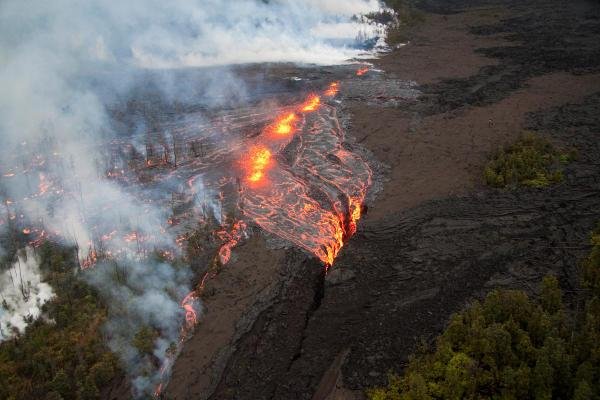
• Shield volcanoes are named after their broad and shield-like shapes.
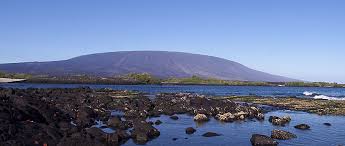
• Lava Domes are typically formed by slow eruptions of highly viscous lava.
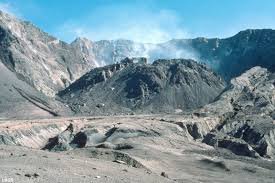
• When viscous lava is forced upward causing the surface to bulge this is how cryptodomes are formed.

• The result from eruptions of mostly small pieces of scoria and pyroclastics that build up around the vent, forms volcanic cones, also known as cinder cones.
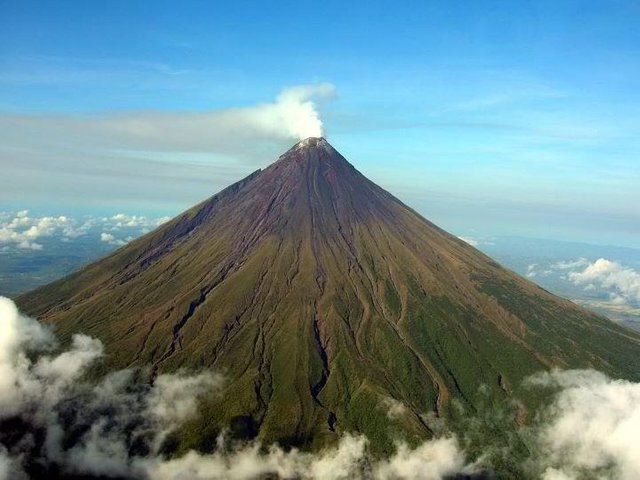
• Stratovolcanoes, also known as composite volcanoes are tall conical mountains composed of lava flows and other ejecta in alternate layers, the strata that give rise to the name.

• A supervolcano can produce devastation on an enormous, sometimes continental, scale.
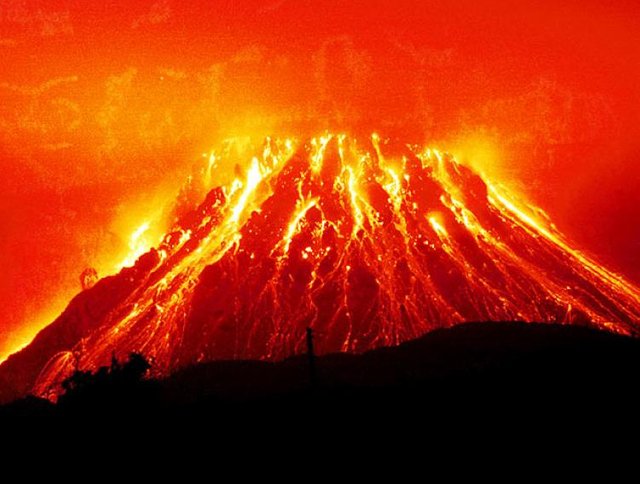
• There are common features known as submarine volcanoes on the ocean floor.
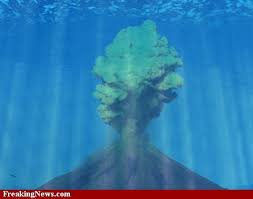
• Subglacial volcanoes are developed underneath icecaps.
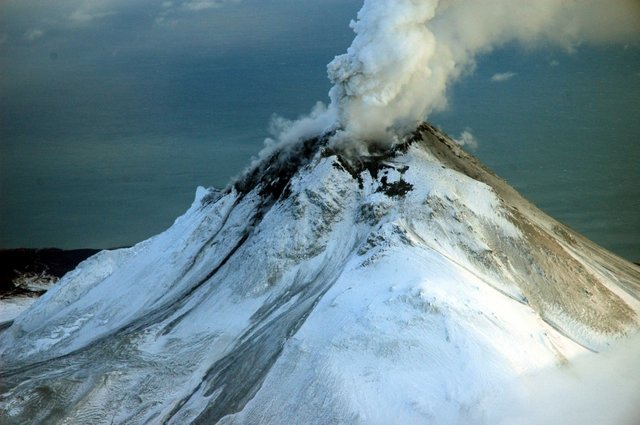
• There are several processes through which mud volcanoes or mud domes are formed, the most likely formations can be created by geo-excreted liquids and gasses.
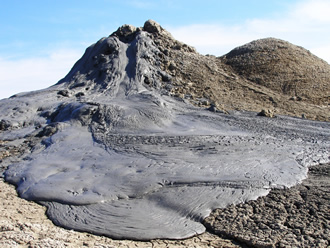
The first recorded volcano is the Mount Vesuvius, in 79 A.D. and can be found in Pompeii.

The eruption of Tambora in 1816, is the most destructive eruption that I could find is. With a death toll of 92,000 people.
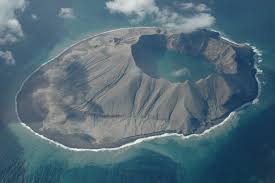
The most popular classification for volcanoes are: Active, Dormant and Extinct or Inactive. At this point, there is no agreement among volcanologist in order to classify a volcano as “Active”. If a volcano hasn’t erupted in 10 000 years it is “Dormant”, it is a state in which the volcano basically sleeps When there is no supply of magma and an unlikely chance of eruption, a volcano is then considered as “Extinct”.
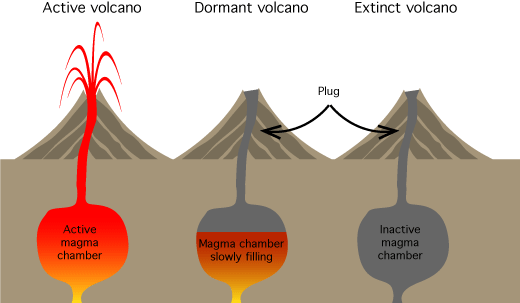
BIBLIOGRAPHY:
Wikipedia
HeritageDaily
I liked your post! Good job in giving the spread of the different types and states they can be in.
I've had my eye on the super volcano in yellowstone park here in the US for a while. It'll be scary when that one goes off.
Thank you
I think you did a nice job here
Thank you